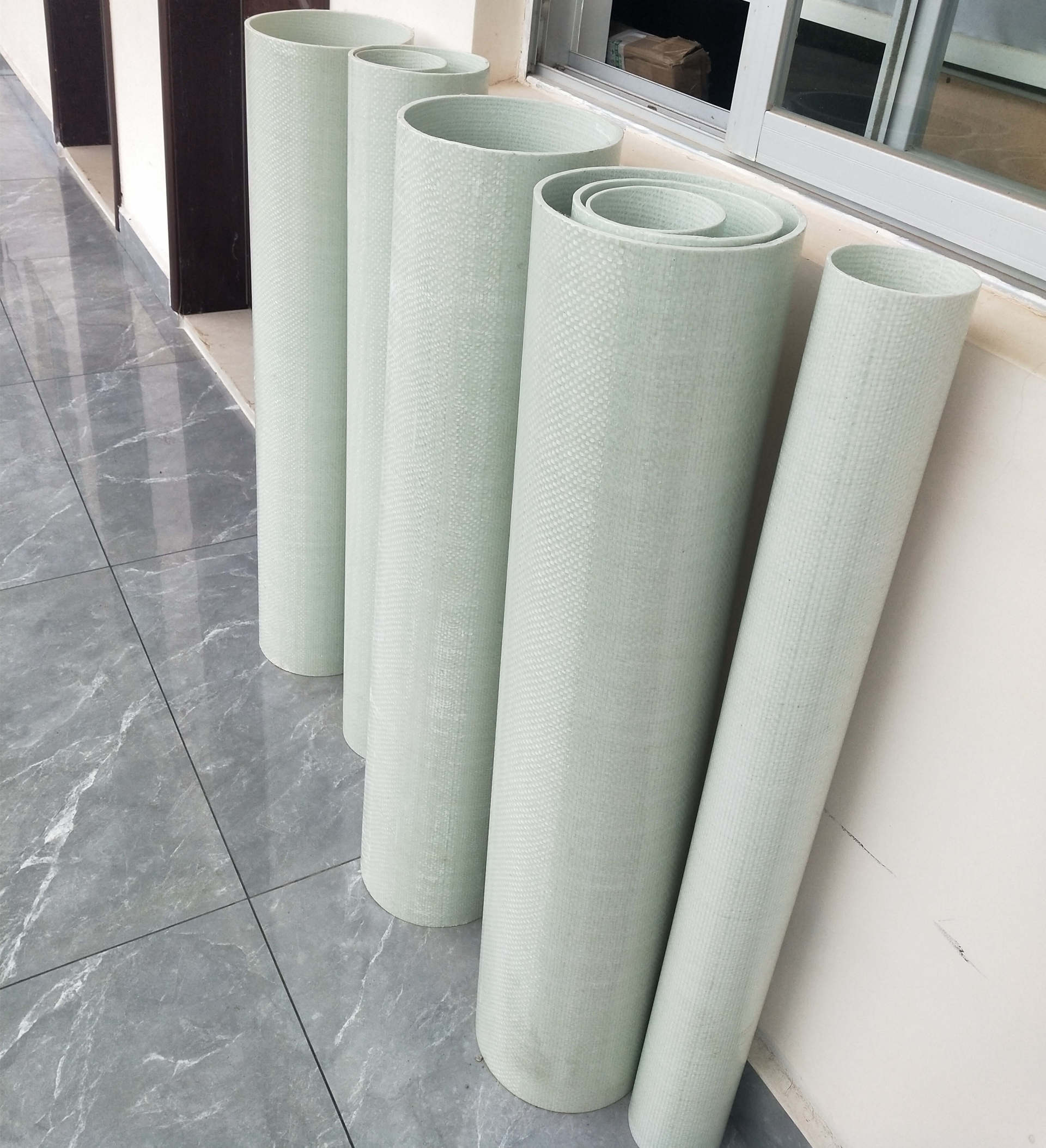What is the correct method for connecting fiberglass reinforced sand pipes?
Release time:
2023/05/11
What is the correct connection method for fiberglass reinforced sand pipes? The correct connection method for fiberglass reinforced sand pipes is as follows: 1) Timely treatment. Fiberglass reinforced sand pipes that have just been removed from the mold cannot be immediately used for bonding and sealing. It is necessary to treat them promptly to remove volatile substances such as styrene monomer produced during the manufacturing process. In addition, timely treatment also helps to release and eliminate the stress in the fiberglass components.

What is the correct connection method for fiberglass sandwiched pipes?

The correct connection method for fiberglass sandwiched pipes is as follows:
1) Timely treatment. Fiberglass sandwiched pipes just taken out of the mold cannot be used for bonding and sealing immediately; they need to be treated in a timely manner to remove volatile substances such as styrene from the production process. In addition, timely treatment helps to release and eliminate the stress in fiberglass parts. The timely treatment mentioned here refers to keeping the fiberglass parts at 23 degrees Celsius and 50% relative humidity for at least two weeks. Before timely treatment, the fiberglass components should be heated at 60 to 80 degrees Celsius for 4 to 6 hours.
2) Sanding. After aging treatment, the surface of the fiberglass parts must be sanded with coarse sandpaper to remove some chemicals that precipitated during the aging treatment.
3) Cleaning. Cleaners and adhesives should be used together. The cleaning agent used generally has two purposes: cleaning. Press the bottle mouth with industrial wiping paper, shake gently to ensure that only a small amount of detergent is on the tissue. When wiping, only wipe in one direction, back and forth wiping is not allowed. After wiping, immediately dry the cleaner with a dry paper towel (at this time, the paper towel must not have any stains). After cleaning, dry for a period of time according to temperature conditions to ensure that the detergent is completely dry. The cleaning agent that matches the adhesive generally has the effect of activating the substrate, allowing the adhesive to have better adhesion to the substrate.
4) Primer. The fiberglass parts used on buses are generally translucent, and some are even transparent. This allows ultraviolet rays to directly act on the adhesive through the fiberglass sandwiched pipe, accelerating the aging of the adhesive, reducing its adhesion, and even leading to bonding failure. Therefore, before bonding, a layer of primer should be applied to the fiberglass sandwiched pipe to prevent ultraviolet radiation. If the penetration rate of ultraviolet rays through the fiberglass sandwiched pipe is less than 0.5%, or the penetration rate of visible light is less than 20%, applying primer to the bonding area of the fiberglass sandwiched pipe can effectively prevent ultraviolet damage to the adhesive. If the penetration rate of ultraviolet or visible light exceeds the above limits, in addition to applying primer, the adhesive layer must also be covered with masking tape or opaque materials; otherwise, it cannot completely prevent ultraviolet damage to the adhesive. The vehicle body frame, as the bonding surface, should be designed and arranged according to the characteristics of the bonding process to facilitate bonding. Before bonding fiberglass, the frame needs to be treated on the bonding surface (generally carbon steel or aluminum profiles), which means sanding and cleaning the primer.
5) Applying glue. Apply polyurethane glue or silicone on the vehicle body frame, and the glue should be in a triangular shape. The size of the triangle depends on the required thickness and width of the adhesive layer. When the fiberglass sandwiched pipe is bonded to the frame, the triangular glue also helps to completely expel the air from the adhesive, avoiding air remaining in the adhesive and forming bonding defects.
6) Precautions during the bonding process. The surface of the adhesive must be dry before bonding, as this will significantly weaken the adhesive's bonding strength. Therefore, during the bonding process, the glue application time must be controlled to less than half. Elastic bonding has certain requirements for bonding thickness. To achieve the desired thickness, rubber or plastic washers with Shore A hardness should be used. This is very important for the bonding.






